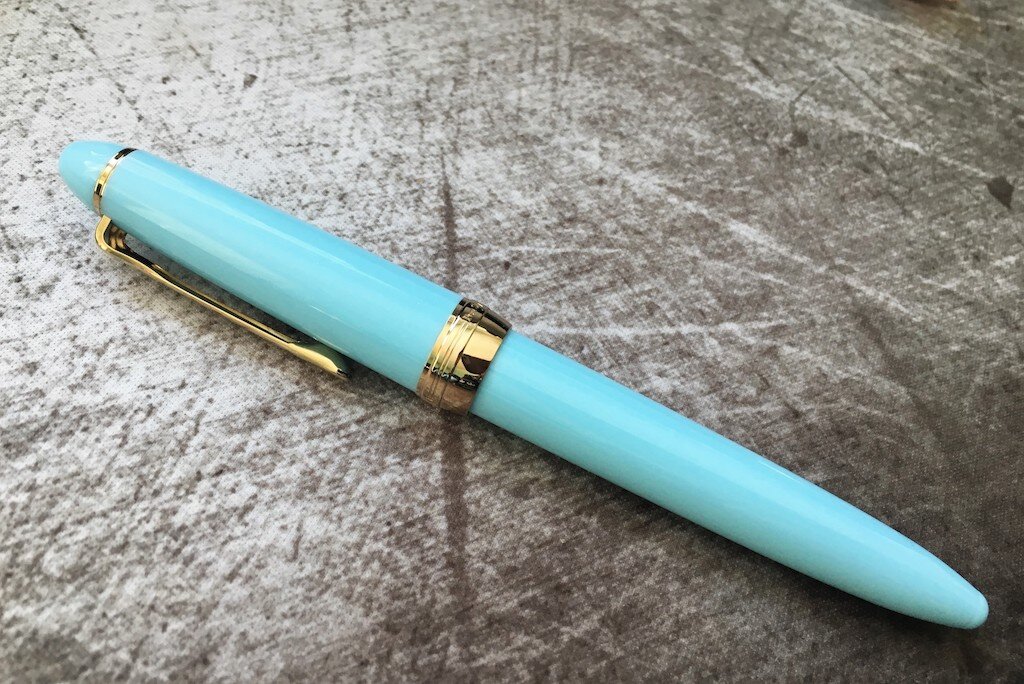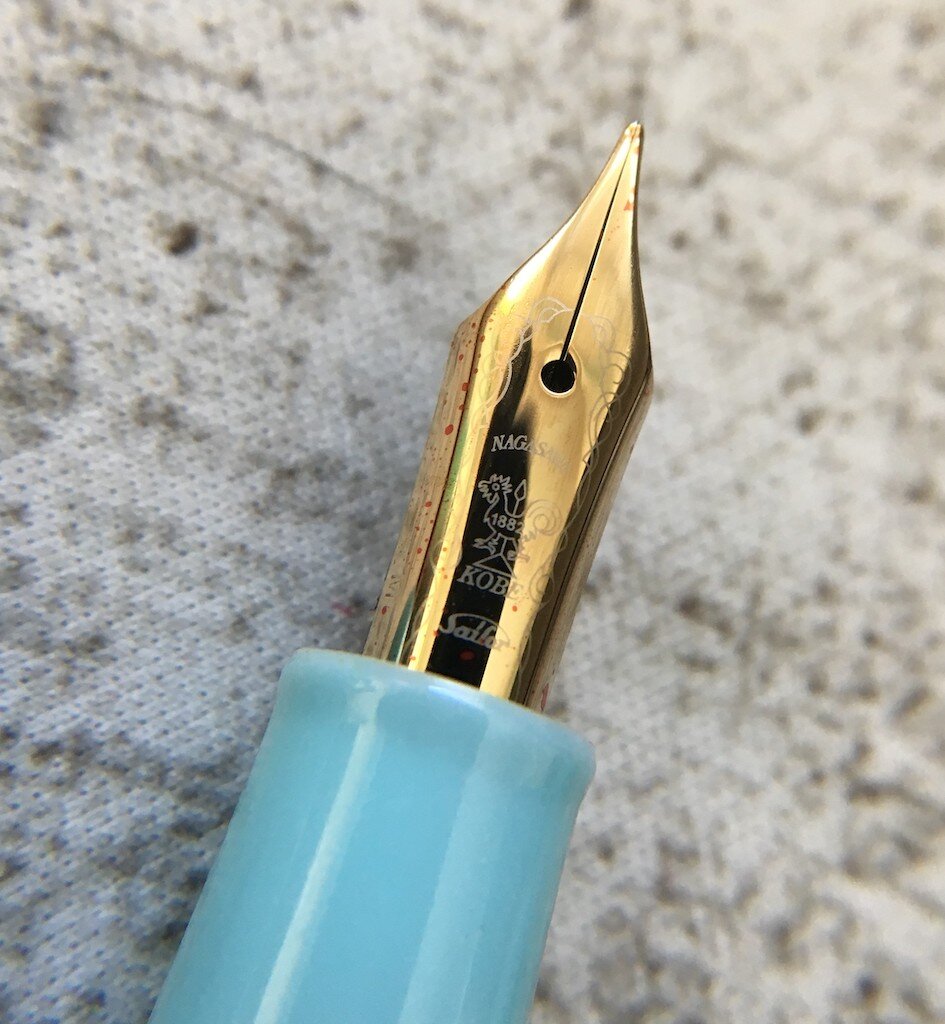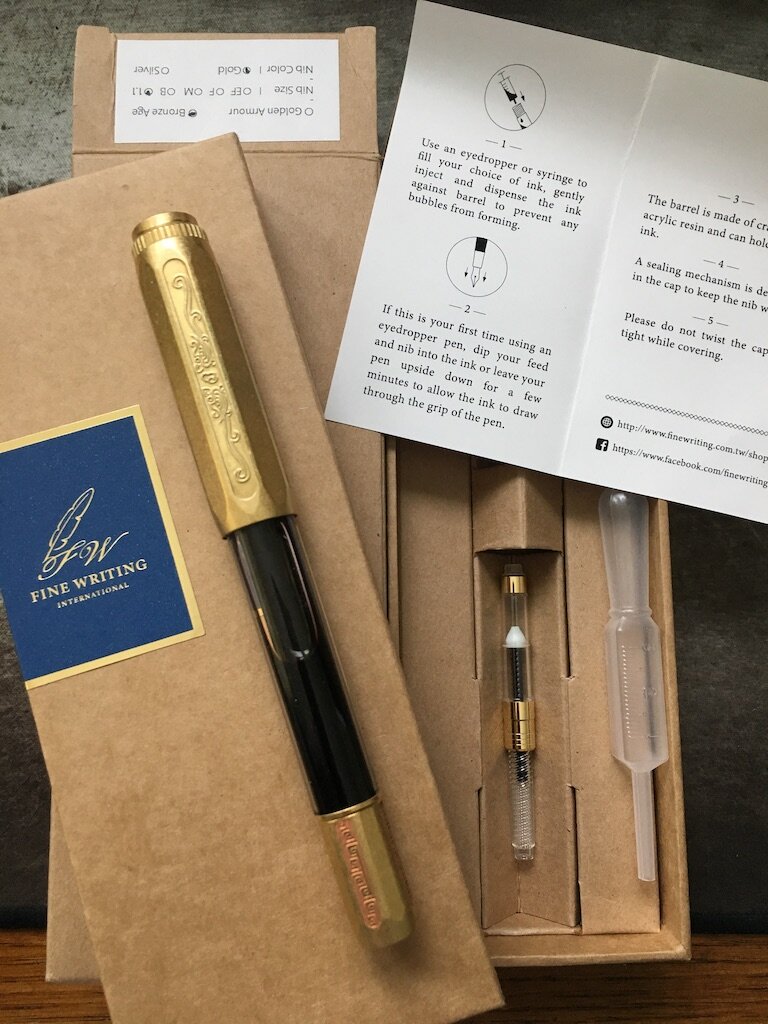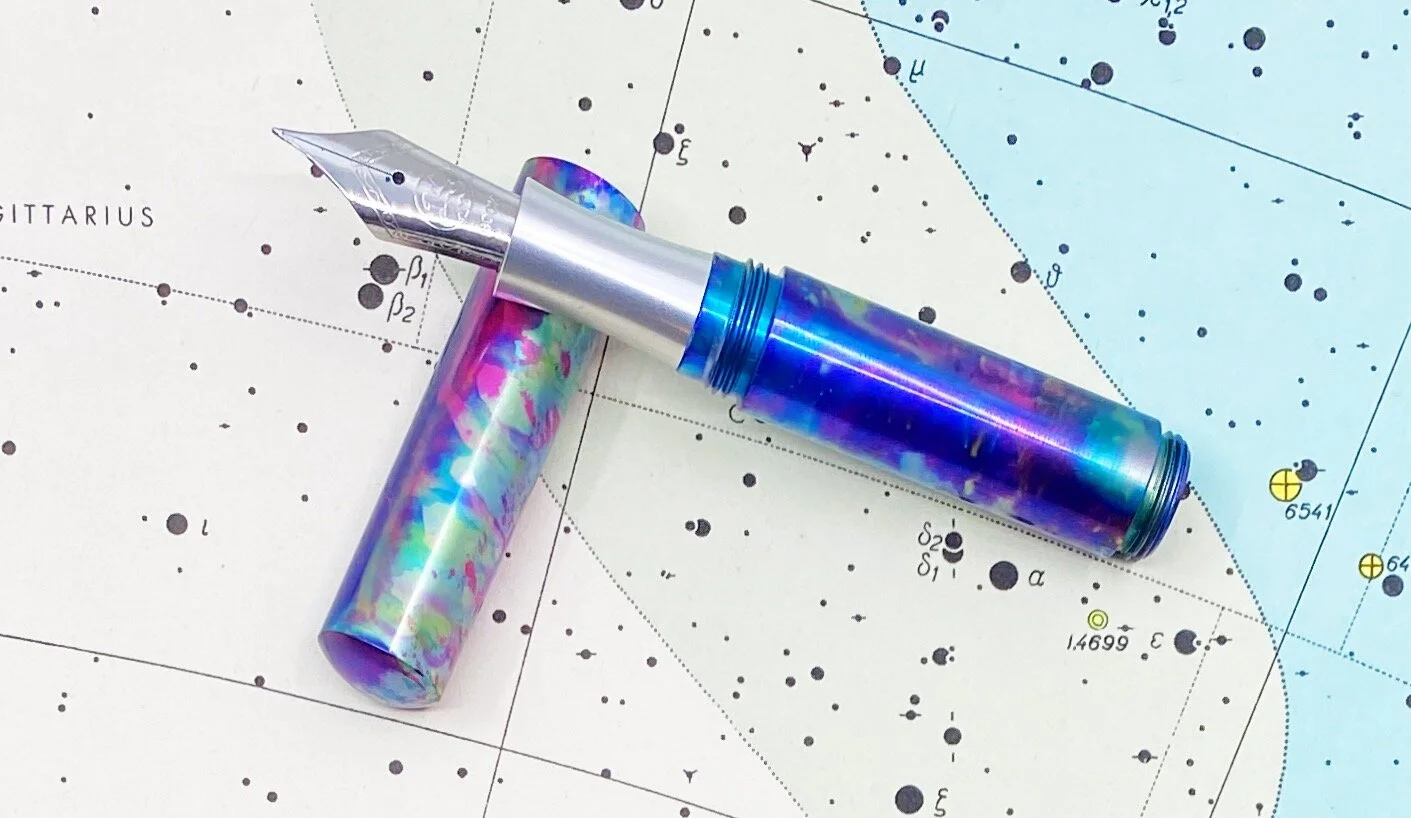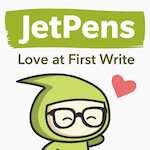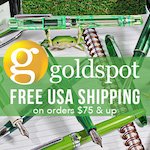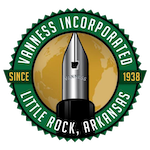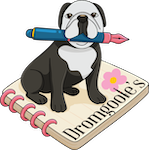(Sarah Read is an author, editor, yarn artist, and pen/paper/ink addict. You can find more about her at her website and on Twitter. And check out her latest book, Out of Water, now available where books are sold!)
The Sailor Pro Color has a new special series from the Nagasawa Stationery Center in Kobe, Japan--this time in a lovely array of seven slightly shimmery pastel colors. I'm a big fan of the Pro Color model. To be fair, I'm a big fan of most Sailors that I've used. From their low-end, entry-level pens to their fancy-pants budget-breakers, there's an attention to detail and dedication to quality that makes all of them special.
The Pro Color isn't quite entry-level. With a price tag of $87, it's a stage past that, into the "generous gift" category, by my scale. It just crosses the impulse-buy threshold, though these pretty pens could easily blur that line with their charm.
Like the Shikiori Tsukuyo-no-Minamo that I reviewed last year, the primary difference between this pan and its fancier cousin, the 1911 Standard, is the nib material. The 1911 has a gold nib, while these models have a gold-colored steel nib. The resin of the body also feels, to me, a little bit less substantial. The edges are just slightly less finished. All of these differences have to be studied to be noticed at all. The steel nib is so smooth and perfectly tuned that I had to double-check that it wasn't gold.
The nib on this Nagasawa edition has different stamping than the regular Pro Color series. Instead of the scroll work and anchor, there's a rooster weathervane with 1882 on it, with Nagasawa and Kobe written around it. Sailor is written below that. It's a really lovely nib, and it's fun to see something different and special on it. The looks would mean nothing, though, if it wasn't also a dreamy writer. It is perfectly smooth, even with this fine nib, and it has the perfect wetness to show off the characteristics of whatever ink you're using. I don't often see much ink shading with a Japanese fine nib, but I do with this pen.
This model is the Kobe Water Blue color. It's a lovely, soft, robin's egg blue. It's also available in Ijinkan Mint (I need this color also), Nunobiki Lavender, Rikyu Moon Yellow, Hatoba Coral Pink (this one, too), Samura Sand Beige, and Oji Cherry. They're all gorgeous. The spring colors bring a nice pop of cheer to the deep winter.
All of the pens have gold-colored furniture. The cap band says "Nagasawa" and "pen style den". The clip is plain, but functions well. The grip section is comfortable, and made from the same plastic as the body. It can use Sailor cartridges or a Sailor converter. It comes with both, so you can choose your preference. I loaded mine with Sailor Ink Studios 773, which I'll be reviewing next week.
In my experience, you can't go wrong with a Sailor pen. It might be possible to spend too much on one, though. This Pro Color model gives you a wonderful writing experience for a fraction of the price of their middle- and high-end pens. If you haven't tried a Sailor yet, and are in the market for a step up from entry-level, this is a fantastic choice. Having a wonderful, inexpensive Sailor will not, however, make you immune to the allure of high-end Sailor pens. While this pen is perfectly good enough, there are never enough Sailors.
(JetPens provided this product at no charge to The Pen Addict for review purposes.)
Enjoy reading The Pen Addict? Then consider becoming a member to receive additional weekly content, giveaways, and discounts in The Pen Addict shop. Plus, you support me and the site directly, for which I am very grateful.
Membership starts at just $5/month, with a discounted annual option available. To find out more about membership click here and join us!

